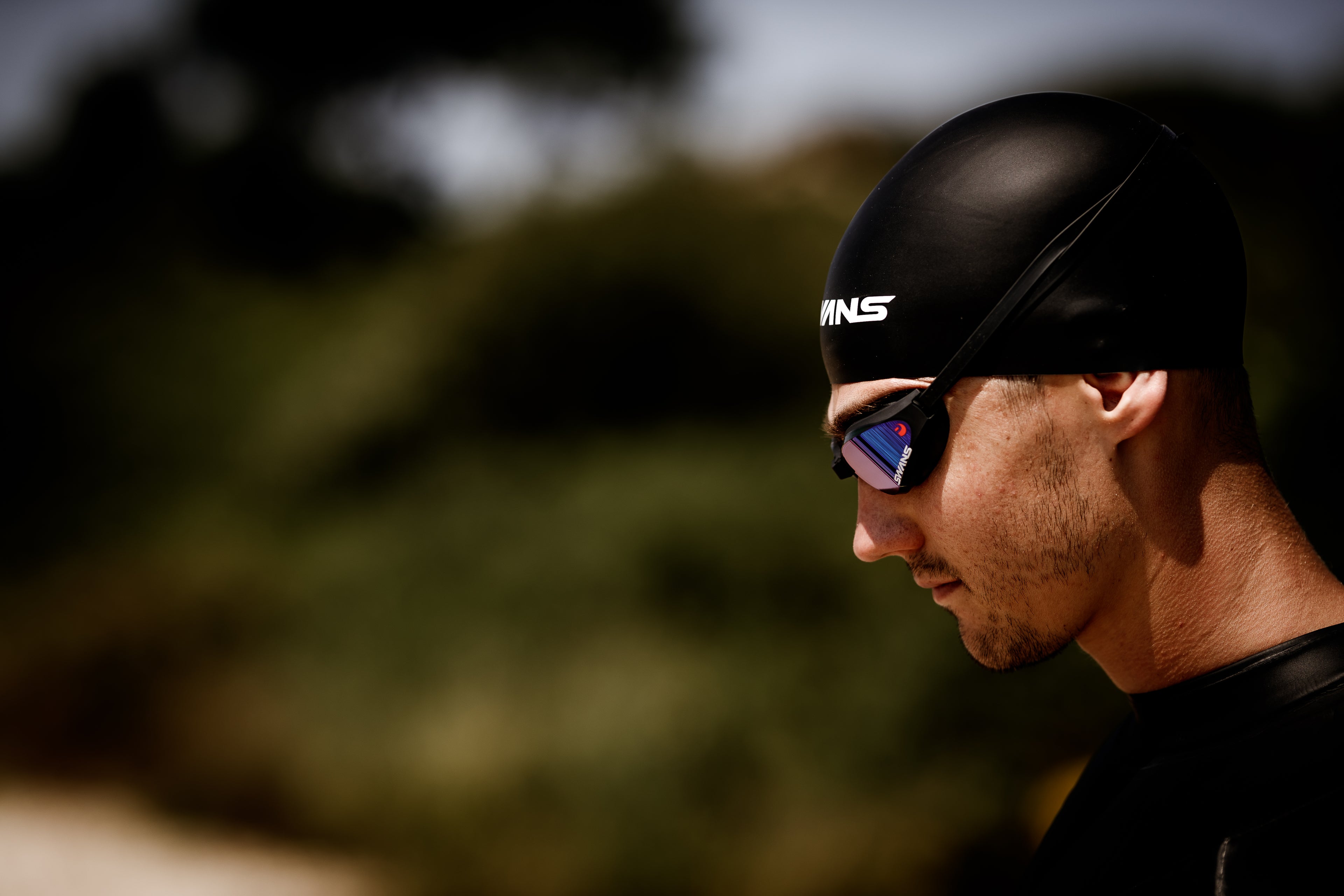Swimming, like any sport, demands a delicate balance between pushing limits and allowing ample recovery to prevent overtraining and injuries. Let's explore the nuances of overtraining in swimming and how it can lead to injuries.
Understanding Overtraining in Swimming
Repetitive Stress: Swimming is a repetitive sport that can subject the body to continuous stress, especially on specific muscle groups. Overtraining without sufficient rest can lead to overuse injuries like swimmer's shoulder or tendinitis.
Lack of Recovery: Insufficient recovery time between training sessions can hinder the body's ability to repair and adapt, leading to chronic fatigue, decreased performance, and increased vulnerability to injuries.
Mental and Physical Exhaustion: Overtraining doesn't just affect the body; it can also take a toll on mental well-being. Constant fatigue, irritability, and decreased motivation can be signs of overtraining.
Preventing Overtraining and Injuries in Swimming
Periodization: Structuring training into periods of varied intensity and volume with built-in recovery can help prevent overtraining. Include rest days and easier training sessions to allow the body to adapt and recover.
Listen to Your Body: Pay attention to your body's signals. If you're consistently fatigued, experiencing persistent soreness, or noticing a decline in performance, it might be time to ease up and prioritize rest.
Cross-Training and Variety: Incorporate cross-training and variety in your workouts. Activities like yoga, strength training, or even other forms of cardio can help balance the strain on your body while improving overall fitness.
Quality Over Quantity: Focus on the quality of your training rather than just the quantity. Proper technique, good form, and efficient strokes can often be more beneficial than sheer distance or speed.
Recovery Strategies: Prioritize recovery methods like adequate sleep, proper nutrition, hydration, and active recovery techniques such as foam rolling, stretching, and massages to support your body's recovery process.
Dealing with Injuries
Early Intervention: If you suspect an injury, don't ignore it. Seek professional guidance from a physiotherapist or sports medicine specialist to prevent the injury from worsening.
Rest and Rehabilitation: Follow prescribed rest periods and rehabilitation exercises diligently to allow the injured area to heal properly and regain strength.
Gradual Return to Swimming:nOnce cleared by a professional, ease back into swimming gradually to prevent re-injury. Focus on stroke technique and gradually increase intensity and volume.
Conclusion
Swimming is a demanding sport that requires discipline and attention to one's body. Finding the right balance between training and recovery is key to preventing overtraining and reducing the risk of injuries. Listen to your body, prioritize recovery, and seek professional guidance when needed to ensure a healthy and sustainable swimming journey.


